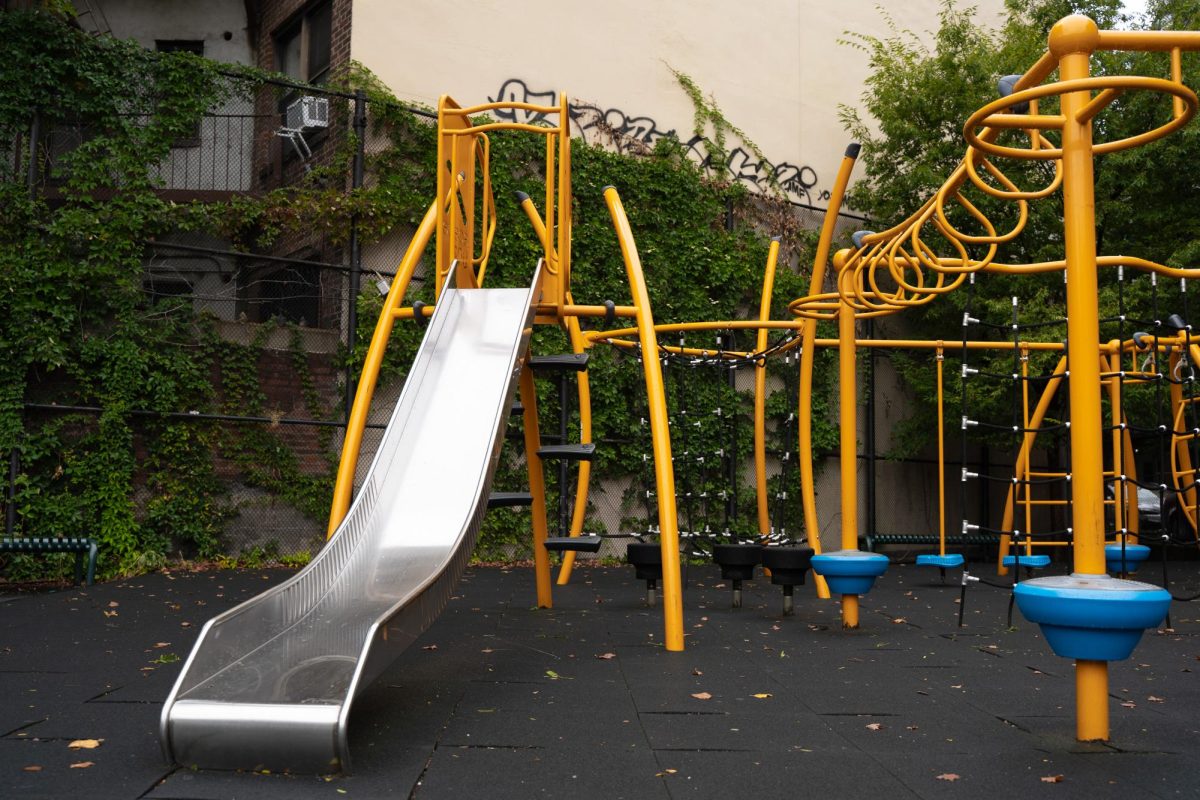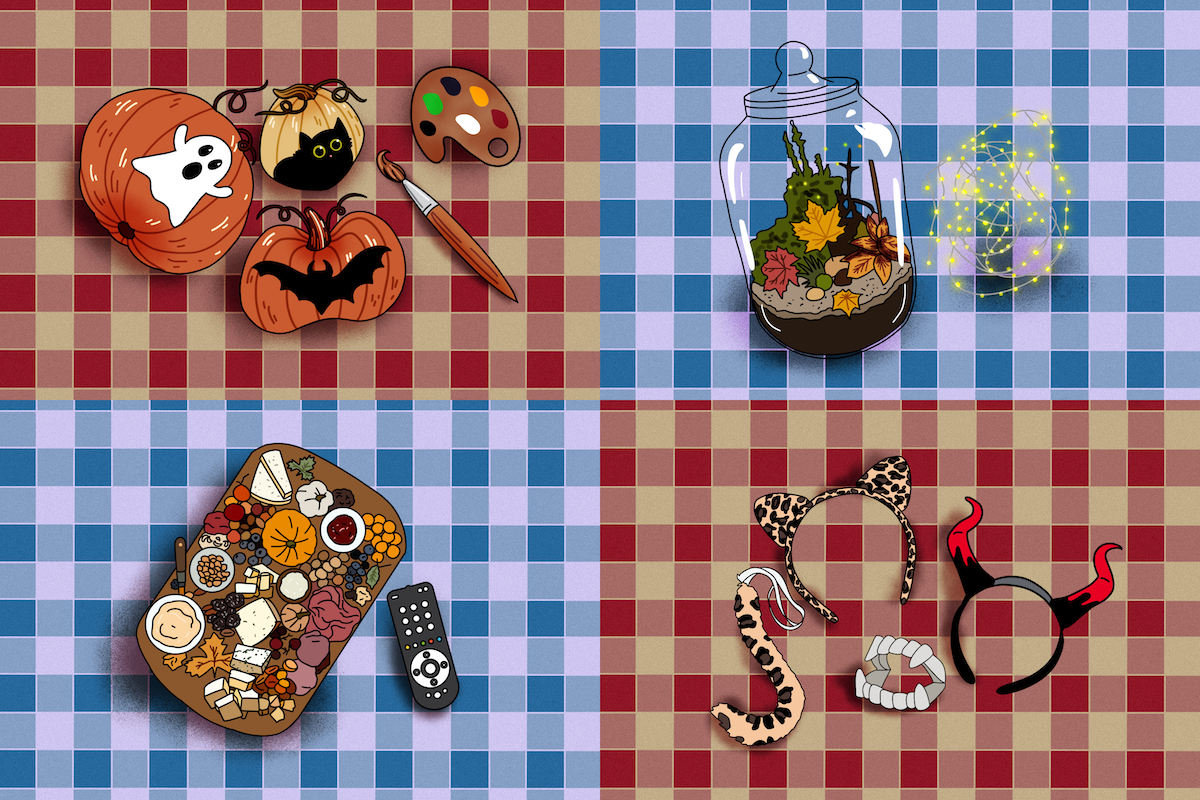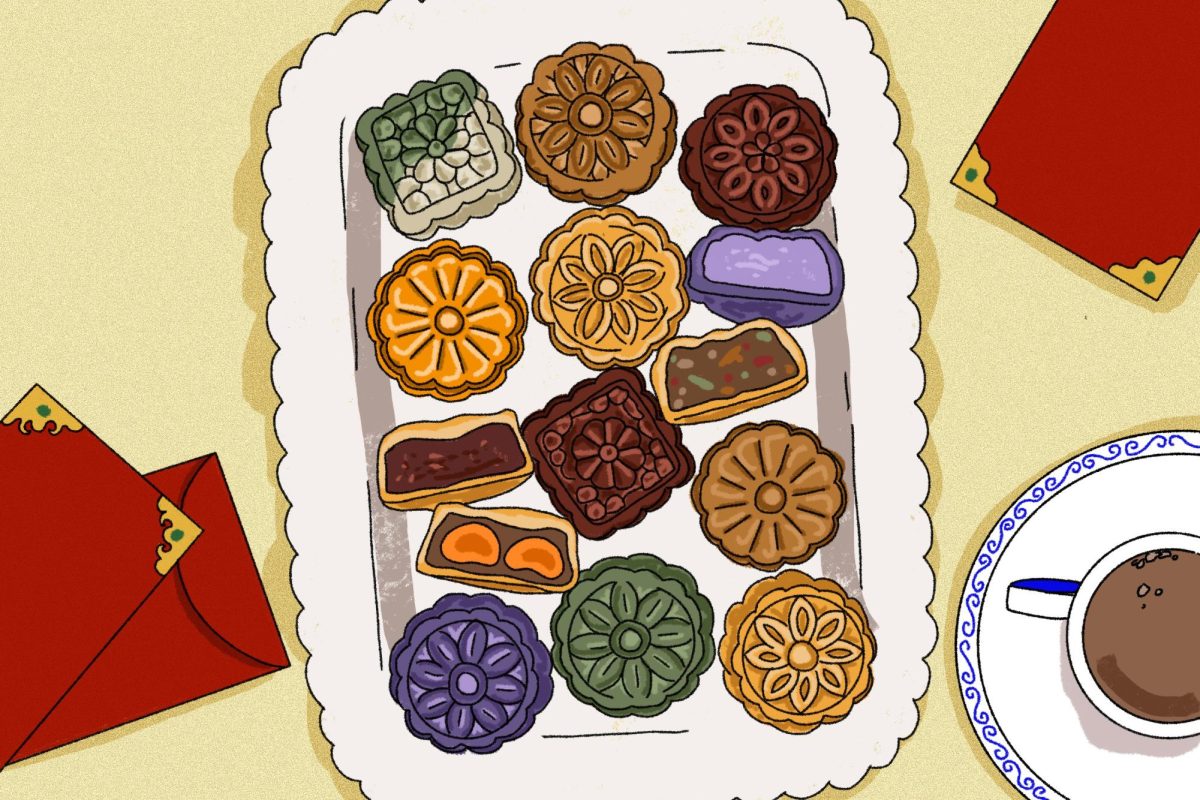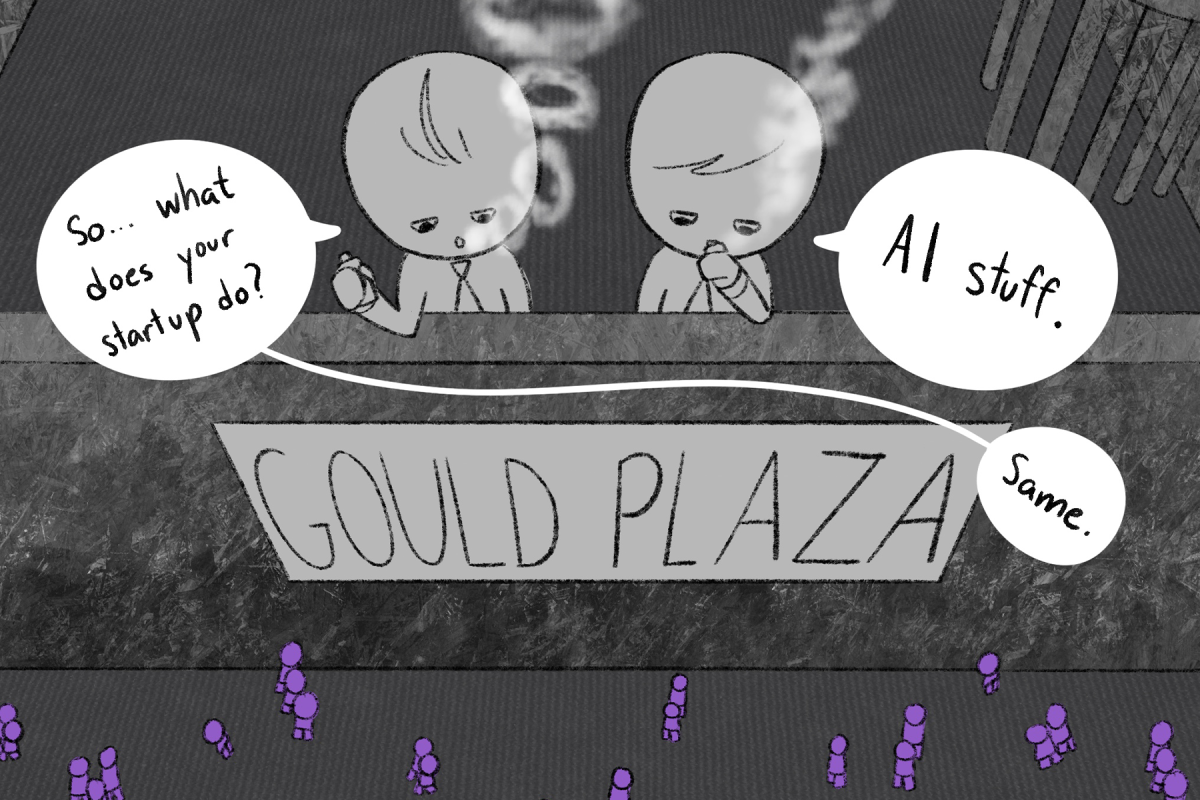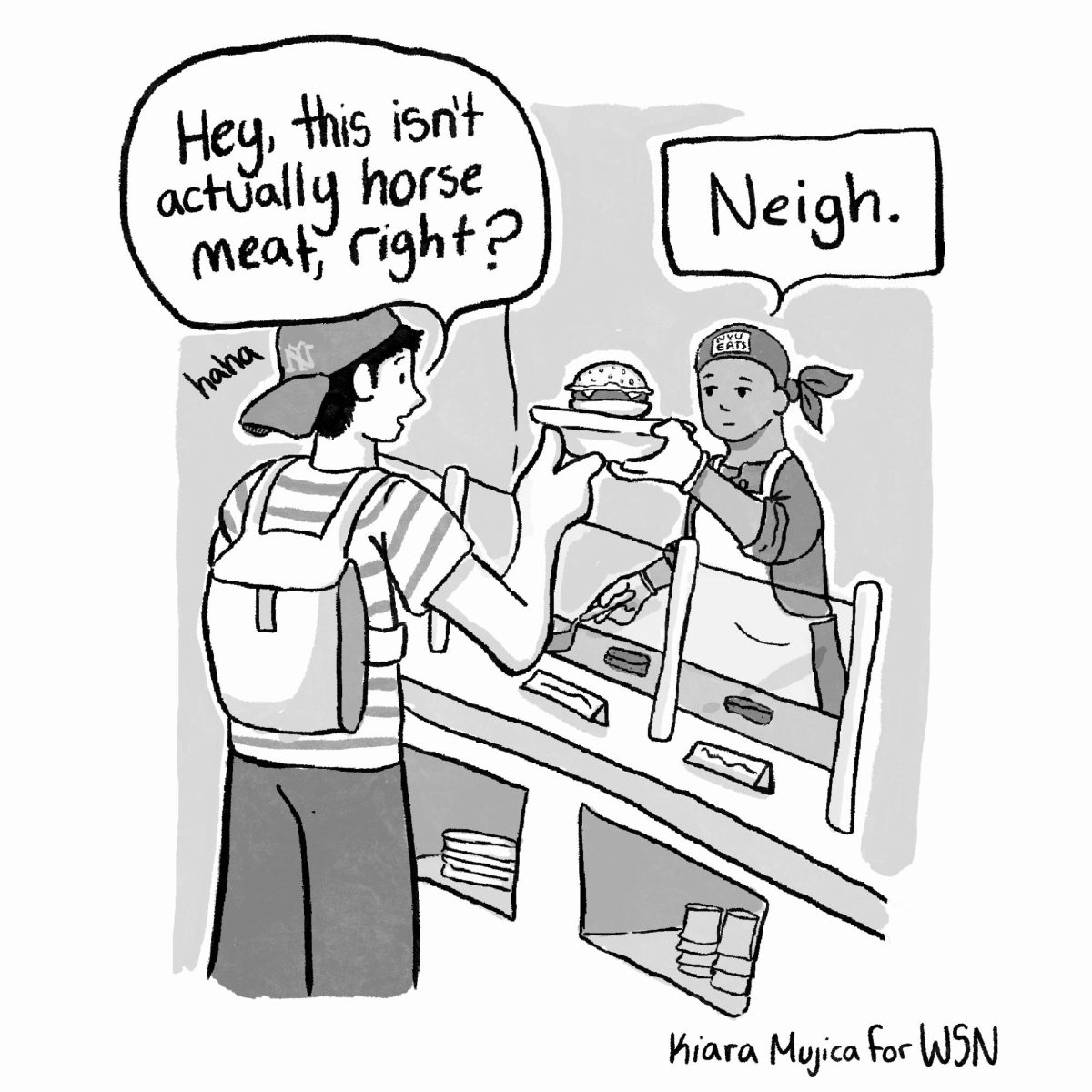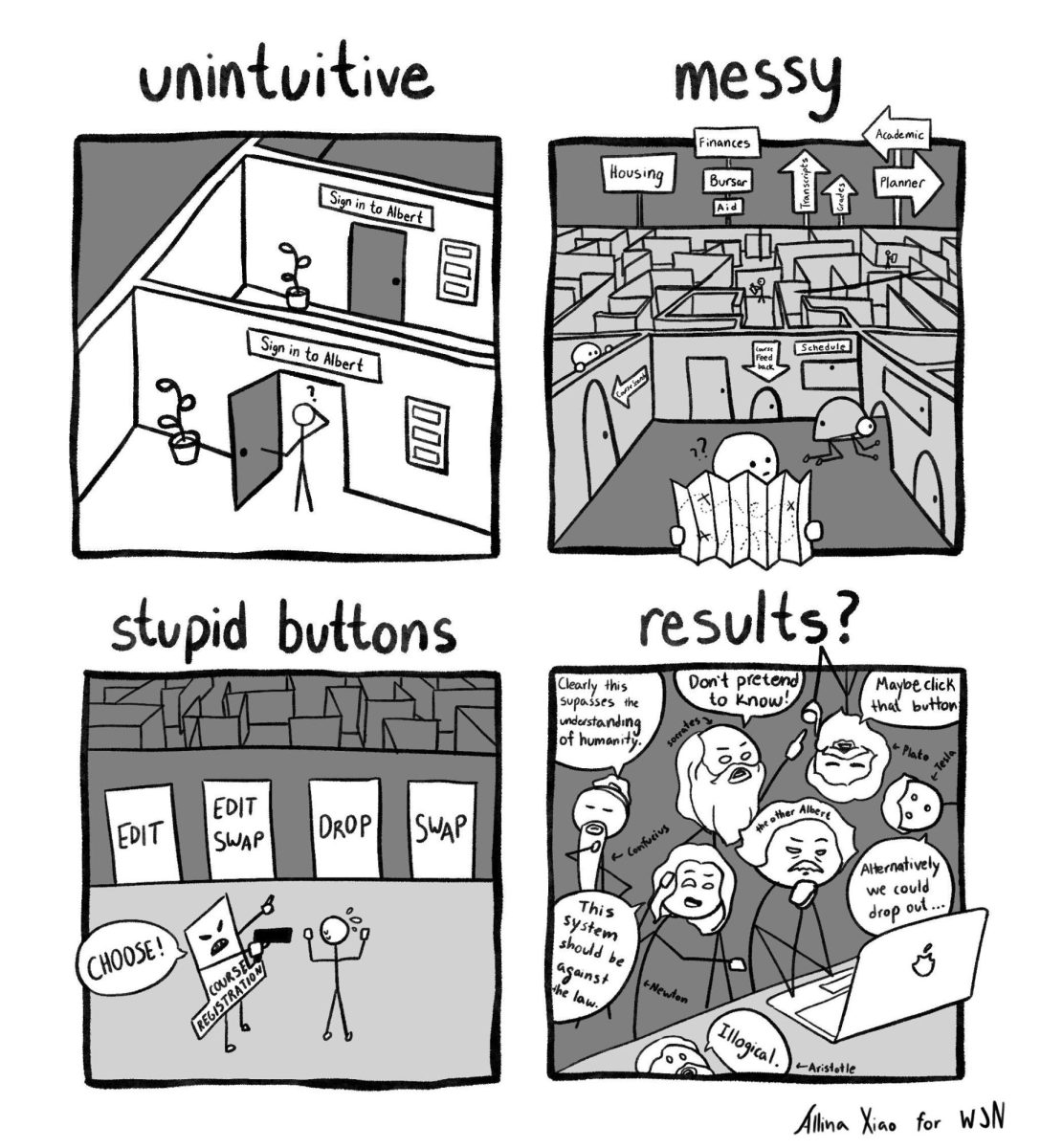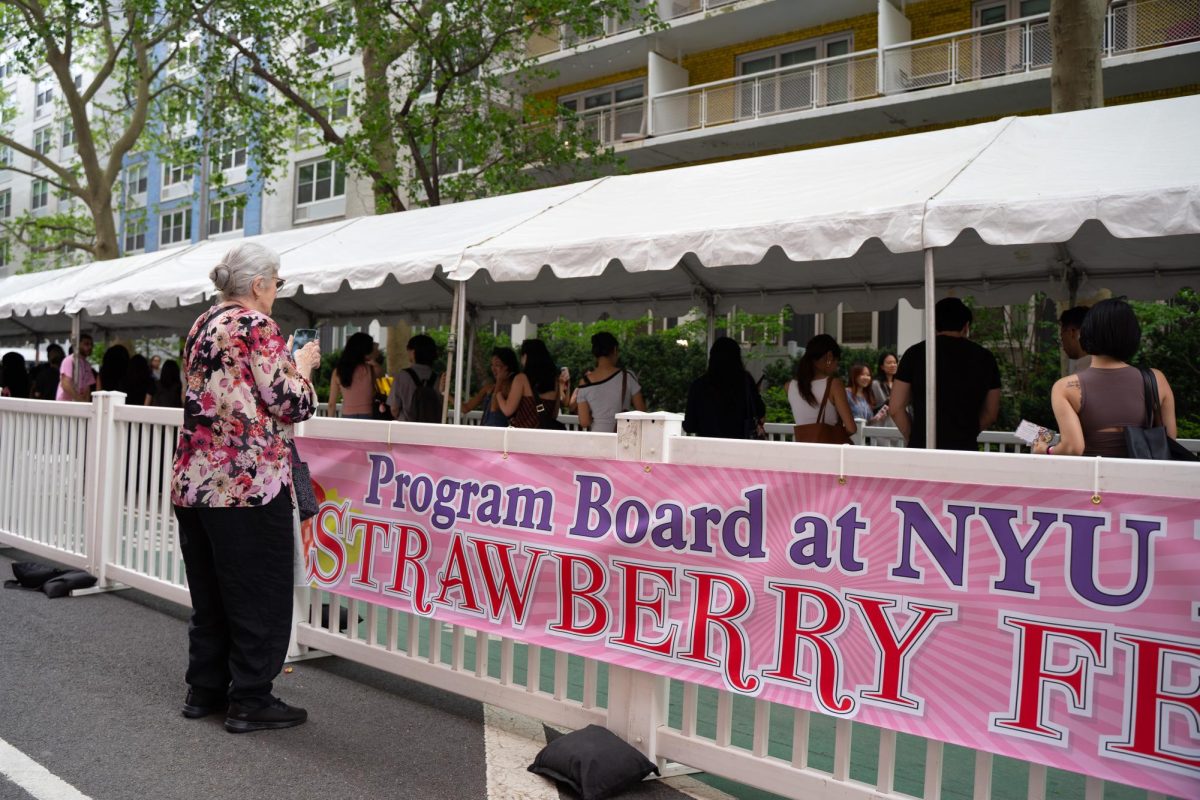There’s a common misconception that living sustainably is reserved for those who can afford solar panels and energy-saving appliances. Cutting waste can actually be done by anyone — even broke college students cooking simple meals at home. In honor of Earth Day, here is how to cut waste in every step of the cooking process.
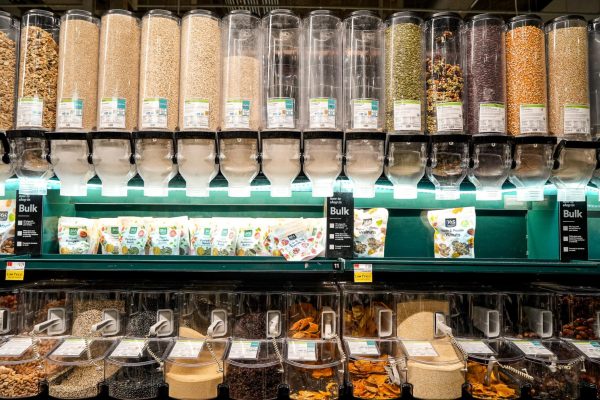
The grocery store
Cooking sustainably starts with shopping sustainably — all of your efforts to reduce waste in the kitchen can be offset if you don’t take the proper precautions in the grocery store. Bringing your own tote bags for groceries is the easiest way to avoid using plastic bags or paying extra to buy a reusable tote. When it comes to choosing which products to buy, opt for the option that uses less plastic packaging. For example, weigh your own lemons rather than buying a plastic bag of them. Similarly, for meat products, buy from brands like Grass Run Farms and Purely Meat that focus on raising grass-fed cows in cruelty-free farms.
For grocery stores like Whole Foods that offer self-serve dry ingredient bulk bins, bring a few reusable containers to collect your nuts and flours directly instead of buying prepackaged quantities to help save plastic packaging. This also makes for easy storage when you unpack your groceries at home. Finally, the best way to shop sustainably is by checking a recipe’s measurements to avoid overconsumption and potentially wasting extra ingredients. Before grocery shopping, be sure to budget for exactly how much of each ingredient you need.
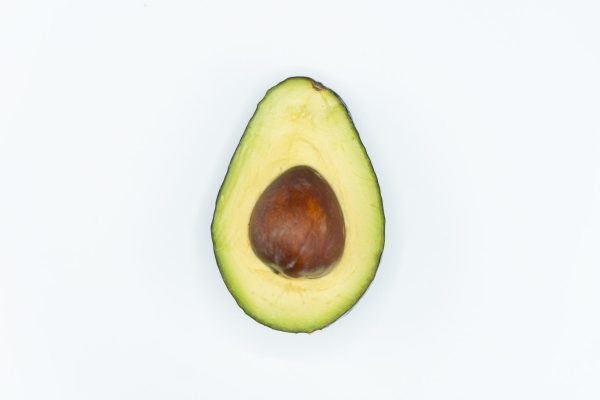
Ingredient prep
When it comes to cooking, there are two main ways a lot of good food can go to waste: not using every part of an ingredient and improperly storing produce. Oftentimes, when dealing with produce with inedible stems or peels like strawberries and ginger, we may end up cutting off more than necessary. When cutting the stems off of strawberries, we recommend using a straw to extract the stem without wasting too much of the fruit’s pith. For peeling ginger, use spoons to scrape off the skin instead of cutting off whole chunks of the produce with a knife or peeler. You can also freeze your carrot skins, celery ends and other vegetable scraps to save for when you want to make a delicious vegetable broth. To make the nutritious broth, simply boil water with the scraps.
To prevent the rapid ripening of produce or bread, knowing how to store your food is important. Because of the ethylene gas that apples produce as they ripen, they can also speed up the aging process of produce like avocados and bananas if nearby. To get them all to last as long as possible, try to store apples and other produce separately. If you only use half of a loaf of bread or a package of meat before the expiration date, freezing the excess is a good way of maintaining it without compromising the quality.
If your produce is already past the point of saving, there are still ways to repurpose ingredients to make a new dish. Try making banana bread out of old bananas, making croutons out of stale bread, making jam out of berries or pickling vegetables like carrots, cucumbers or garlic.

Cooking tools
Buying tools that reduce waste doesn’t have to be expensive — it can actually save you money in the long term. For example, buying silicone, reusable bags instead of single-use plastic ones, and rags instead of paper towels, will reduce the amount of plastic and paper you use and keep you from needing to constantly replenish your stock. Another underrated hack is finding a good spatula that properly cleans dishes when baking to avoid leaving half-a-pan worth of batter on the sides — a cleaner dish will also require less water to clean. And for cleaning, solid dish soap is a great alternative to liquid dish soap — a little bit goes a long way, and it’s easier not to overuse.
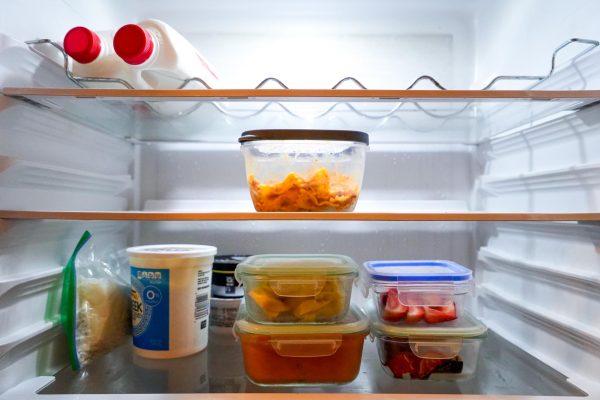
Composting
Composting isn’t as difficult, smelly and expensive as people make it out to be. The simple act of crushing eggshells or drying banana peels could make all the difference for your carbon footprint. Because New York City apartments aren’t usually equipped with big backyards with compost bins, we recommend this Amazon compost bucket for smaller apartments. To combat the smell of old produce and reduce the frequency of having to go to the composting facility, you can also keep food scraps in a food container in the freezer, which will reduce the smell — we recommend a soft container so food scraps don’t freeze to the sides.
After your bin is full, there are plenty of ways you can dispose of your compost collection. The New York City Department of Sanitation website shows a map of all composting sites. Taking out the compost might seem like a daunting task, but it’s as easy and quick as taking out the garbage — chances are, there’s a compost site within five minutes of your apartment. For people with green thumbs, you can also turn the waste into fertilizer for a small garden. Coffee, tea, egg shells and banana peels provide rich nutrients for soil that plants require to thrive. To prepare, wash and dry eggshells before grinding them in a food processor. Dry out the banana peels till dehydrated and grind. Open tea bags and remove all tea leaves. Add the eggshell powder, banana peel powder, coffee and tea directly into your garden. Even better, you can plant old avocado pits in this garden and grow fresh avocados.
Contact Bella Simonte, Kyra Mehta and Aime Wan at [email protected].

























































